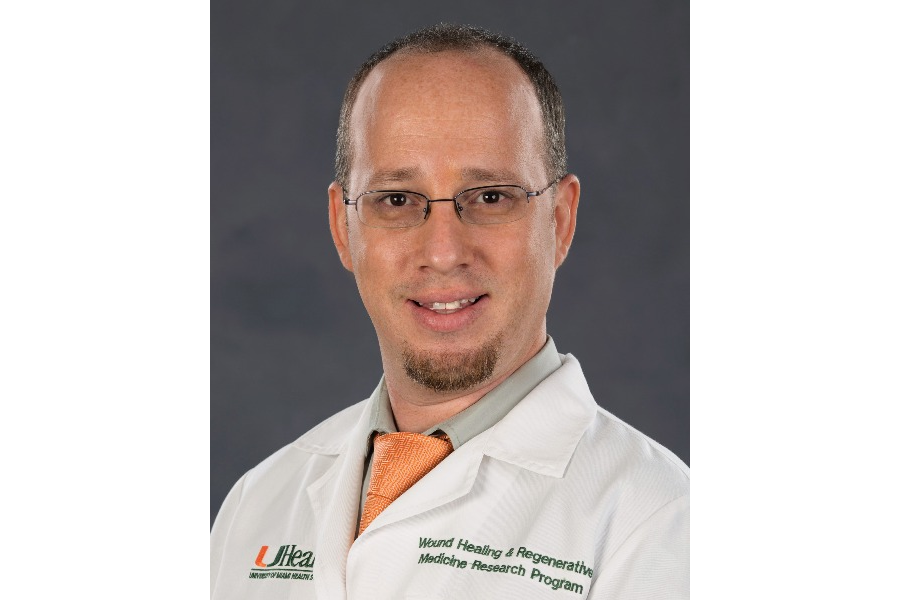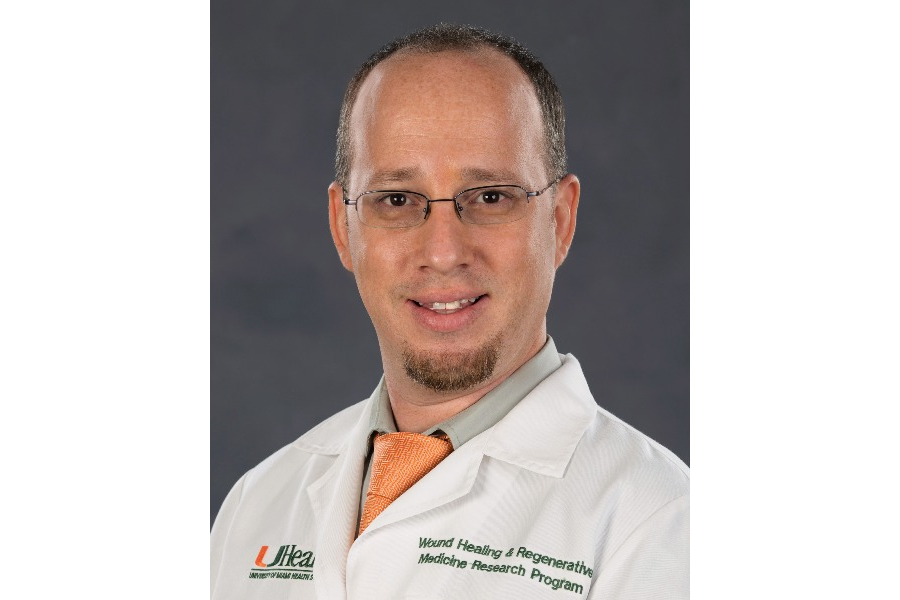Ask the Expert: Your Venous Leg Ulcer Questions Answered
December 4, 2020
By Karen Bauer, NP-C, CWS
Editor's Note: On April 2, 2020, WoundSource hosted its first ever virtual conference, WoundCon Spring 2020. The conference hosted 13 CME/CE accredited sessions that were attended by over 6,000 health care professionals around the world. The response was so enthusiastic, we asked some of our speakers to answer the most frequently asked questions on their subjects. This is the tenth blog of a 13-part series; access the full series here.
How often should ankle-brachial indexes (ABIs) be repeated? If someone has a stage 3 pressure injury to the top of the foot, should compression be held on that extremity?
The Wound, Ostomy and Continence Nursing Society guidelines suggest ABIs every 3 months routinely, while the Society for Vascular Surgery guidelines recommend that post endovascular repair, ABIs are done at 6 and 12 months (then yearly). For open revascularization, surveillance studies can be at 3, 6, and 12 months.
Ultimately, many factors play into this. If the ulcer is closing and the limb remains stable, you might forgo frequent ABIs, but if the ulcer is not closing, or the patient has new or persistent ischemic symptoms, you should check ABIs more frequently. As far as compression with a dorsal foot pressure injury is concerned, as long as arterial status has been ascertained, compression can be utilized. The original source of pressure should be removed (shoe? ankle-foot orthotic?). If there is a venous component, cautious compression will aid in ulcer resolution.
At what point should preventative compression therapy be implemented? There are studies that show that after venous leg ulcer closure, daily maintenance compression therapy helps to reduce ulcer recurrence. Preventative compression therapy is not currently routinely recommended post deep vein thrombosis or with asymptomatic edema, but if the patient is displaying symptoms such as lower extremity fatigue or pruritus or has signs such as symptomatic varicose veins, compression therapy (usually in the form of stockings) is indicated even if no ulceration is present.
Want to learn more about ivenous ulcers? Gain full access to the WoundCon Spring sessions and earn CE/CME credit at WoundSource Academy
How do you determine that cellulitis is resolved before starting compression therapy?
Compression therapy can actually speed the resolution of cellulitis. If the cellulitis is extensive enough to warrant systemic antibiotic therapy, compression can be started once antibiotics are on board. You can utilize compression on a cellulitic extremity.
Are there any contraindications to compression for venous leg ulcer post hip or knee surgery?
This would be up to the operative surgeon, but generally no. Using knee-high stockings post knee surgery can be tricky because if the patient is not mobile or elevating, fluid will be pushed to the knee level, which can be complicating.
About The Author
Karen Bauer received her undergraduate degree from The University of Toledo, her Masters Degree from The Ohio State University, and her Doctorate of Nursing Practice Degree from the University of Toledo. Karen Bauer is certified by the American Board of Wound Management as a Certified Wound Specialist (CWS) and is also a Fellow of the American Professional Wound Care Association. She is the current Nurse Board Member for the AAWC and serves on the Association for the Advancement of Wound Care (AAWC) Speaker’s Bureau, as well as various AAWC committees. Karen is currently the Director of Wound Services at The University of Toledo, under the Division of Vascular, Endovascular, and Wound Surgery, and the Program Director of the Fulton County Wound and Hyperbaric Center. Karen has championed wound and vascular outreach services at the University of Toledo and the Fulton County Health Center, developing a coordinated wound and vascular service among multiple settings and disciplines, successfully promoting patient-centered wound management with vascular medicine involvement.
The views and opinions expressed in this content are solely those of the contributor, and do not represent the views of WoundSource, HMP Global, its affiliates, or subsidiary companies.











